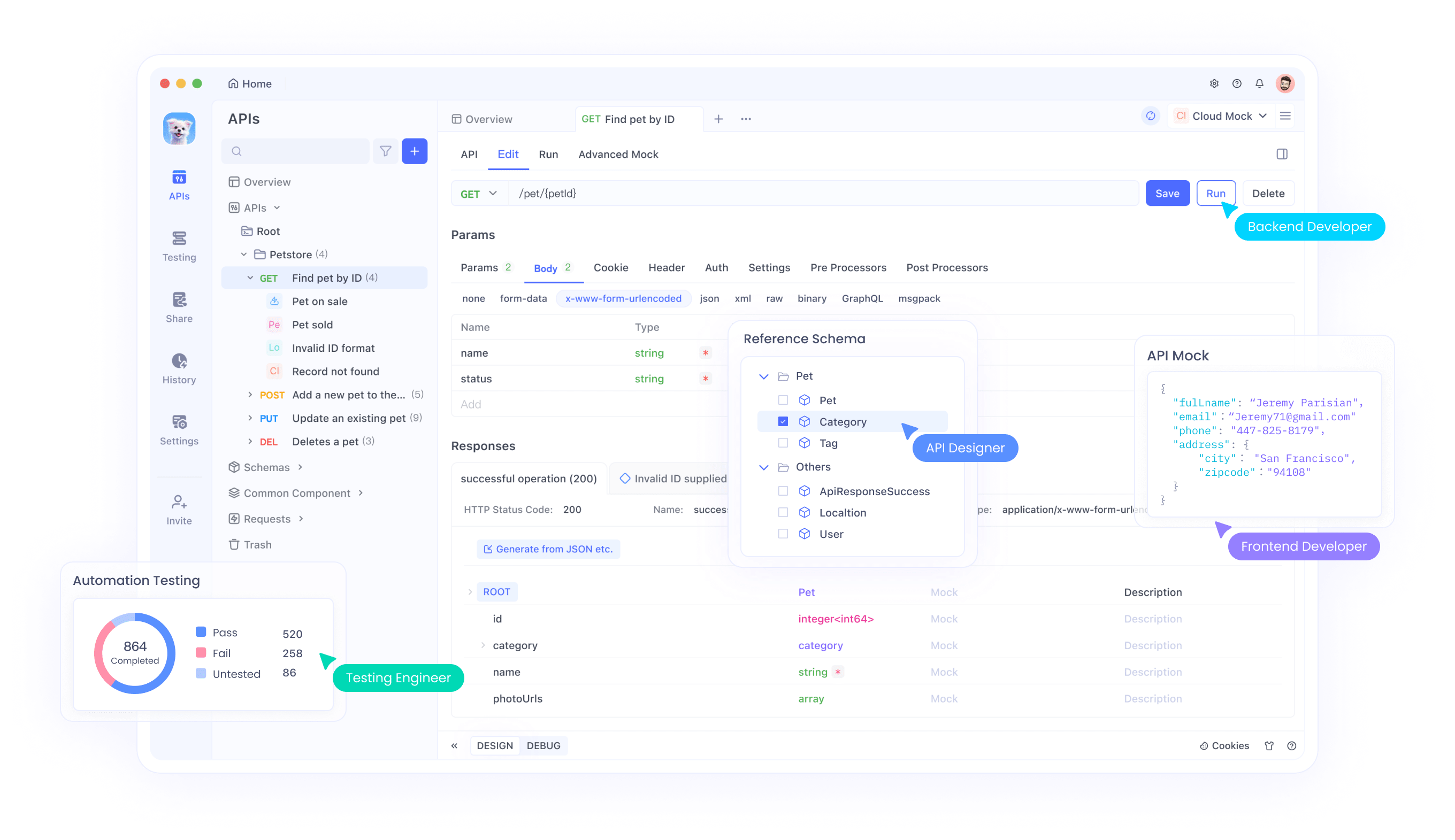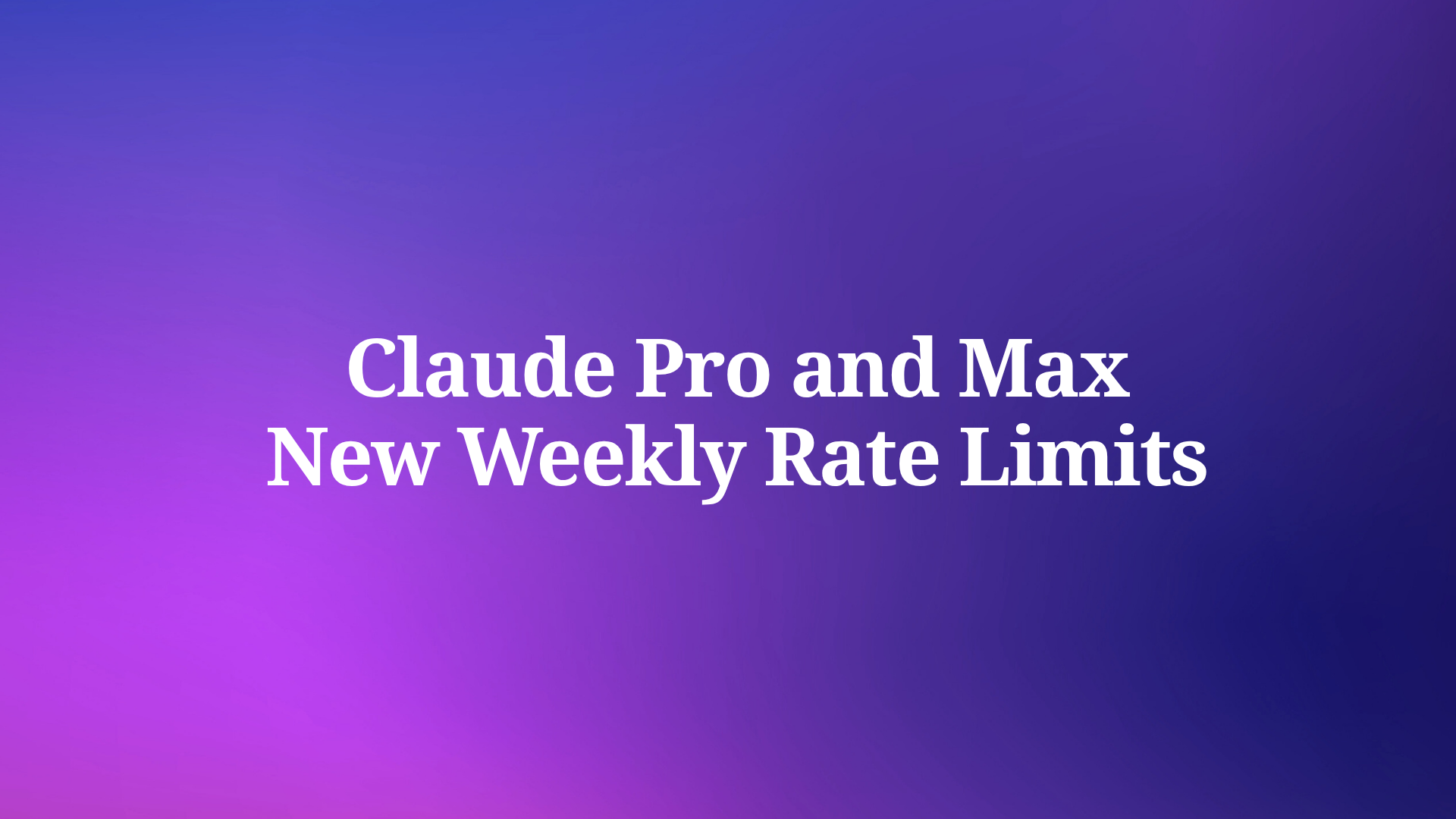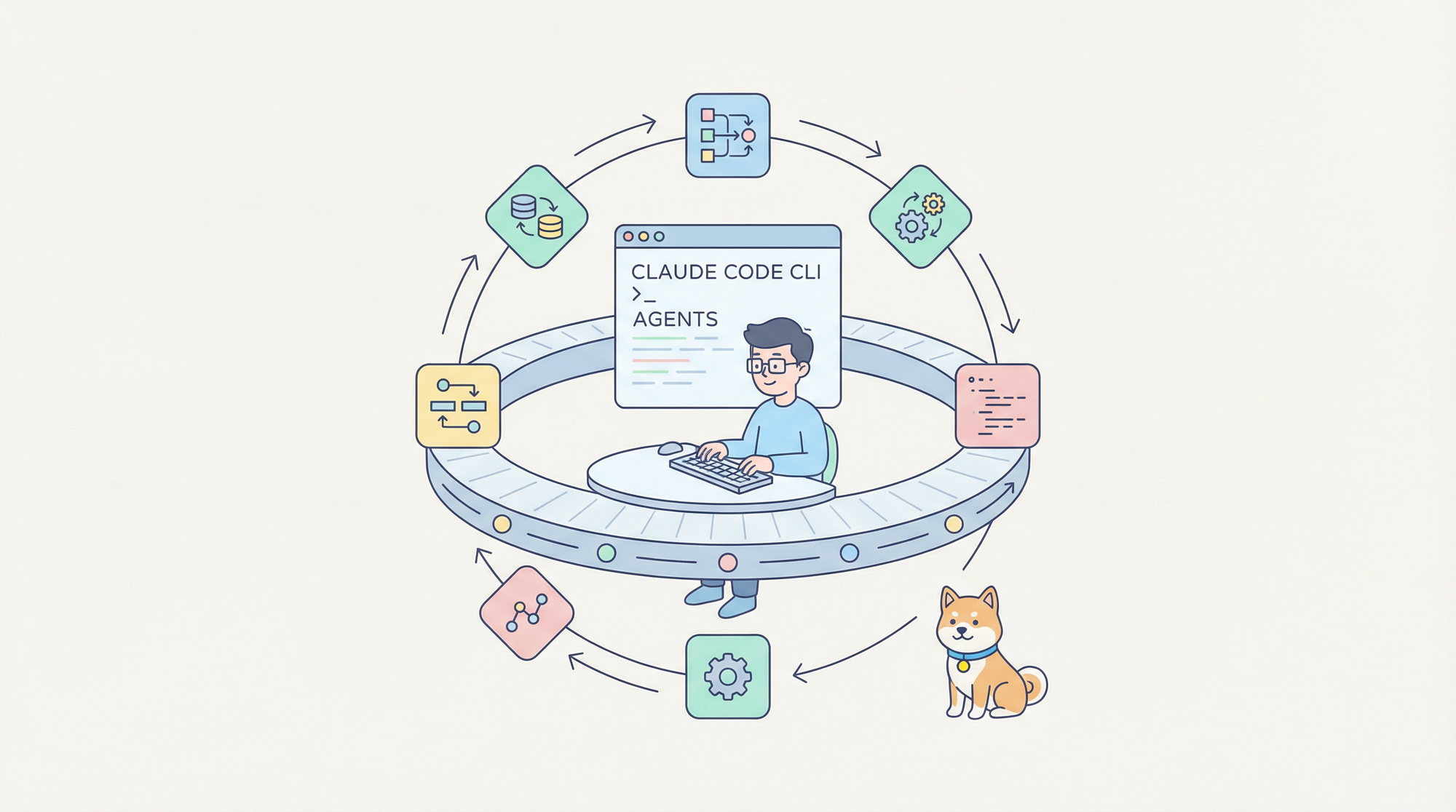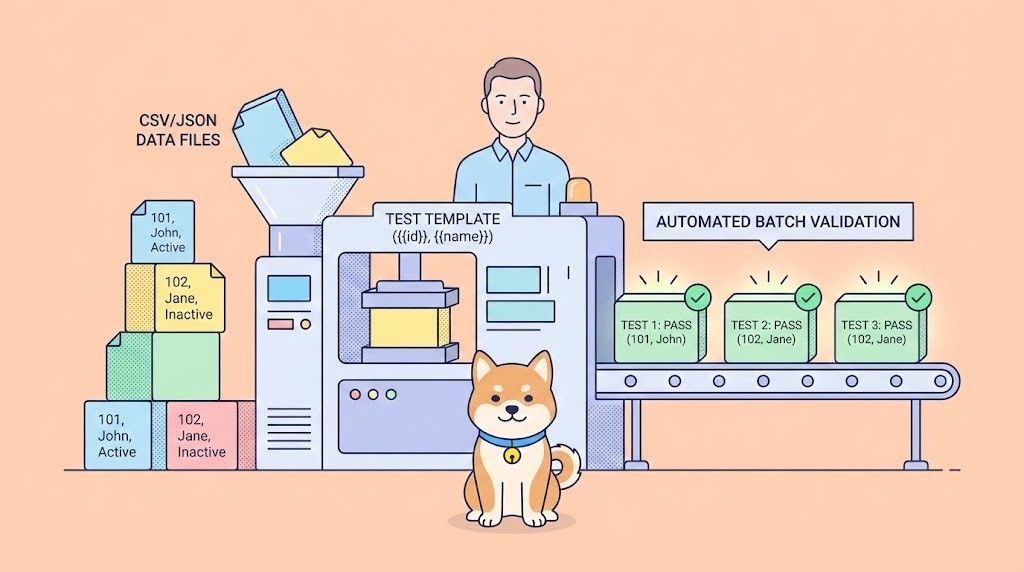As developers increasingly rely on AI tools like Claude Code for coding assistance, Anthropic recently announced a significant update affecting its subscription plans. Starting late August 2025, the company will implement weekly rate limits for Claude Pro and Max subscribers. This change from Anthropic aims to manage high demand and curb misuse. However, it has sparked debates among developers about its impact on productivity.
Understanding the New Weekly Rate Limits for Claude Pro and Max
Anthropic’s decision to introduce weekly rate limits for Claude Pro and Max plans reflects the growing popularity of Claude Code, its AI-powered coding tool. Previously, usage limits reset every five hours, but the new weekly caps, effective from August 28, 2025, add an additional layer of restriction. According to Anthropic, these limits will affect less than 5% of subscribers based on current usage patterns, targeting power users who run Claude Code continuously or violate policies like account sharing and reselling.

Breakdown of the Limits
The weekly rate limits vary by plan:
- Claude Pro ($20/month): Users can expect 40 to 80 hours of Sonnet 4 usage through Claude Code. This translates to a manageable range for light to moderate coding tasks but may constrain intensive workflows.
- Claude Max ($100/month): Subscribers gain 140 to 280 hours of Sonnet 4 and 15 to 35 hours of Opus 4, offering a significant boost for heavier workloads.
- Claude Max ($200/month): This tier provides 240 to 480 hours of Sonnet 4 and 24 to 40 hours of Opus 4, catering to power users with extensive coding needs.
These estimates depend on factors like codebase size and model complexity, with usage measured in tokens rather than fixed hours. Anthropic also allows Max plan users to purchase additional usage at standard API rates, providing flexibility for those exceeding limits.
Technical Context Behind the Change
The introduction of weekly rate limits stems from Claude Code’s unprecedented demand since its launch. Anthropic highlights cases where a single user consumed tens of thousands in model usage on a $200 plan, likely due to 24/7 background operation. This strains computational resources, prompting the company to balance accessibility with sustainability. Additionally, policy violations—such as account sharing—have impacted system capacity, necessitating stricter controls.
The new limits complement existing five-hour resets, adding a weekly ceiling to prevent overconsumption. For instance, Opus 4, Anthropic’s most advanced model, faces a separate cap due to its higher computational cost. This multi-tiered approach ensures fair access while addressing outliers, though it introduces complexity for developers managing long-term projects.
Impact on Developers and Coding Workflows
The shift to weekly rate limits will reshape how developers utilize Claude Code. While most users may remain unaffected, power users and those relying on continuous operation face significant adjustments.
Effects on Power Users
Power users, including those running Claude Code 24/7 for automated testing or large-scale code generation, will feel the pinch. A user consuming 1,000 hours monthly on a $200 plan could now hit the 480-hour cap, forcing them to either scale back or purchase extra API credits. This disrupts workflows optimized for uninterrupted AI assistance, potentially slowing project timelines.
Implications for Small Teams
Small teams with moderate usage may find the Pro plan’s 40-80 hours sufficient for daily tasks. However, teams handling complex projects might outgrow this limit, prompting an upgrade to Max plans. The variability in hours—due to token-based measurement—requires careful monitoring to avoid unexpected cutoffs.
Potential Workarounds
Developers can adapt by batching tasks within the five-hour windows or switching to less resource-intensive models like Sonnet 4 when Opus 4 nears its limit. Additionally, integrating tools like Apidog can streamline API testing and documentation, reducing reliance on Claude Code for repetitive tasks.
Technical Analysis of the Limits
To understand the new weekly rate limits for Claude Pro and Max, let’s examine their technical underpinnings and how they interact with Claude’s architecture.
Token-Based Usage Model
Anthropic measures usage in tokens, where each input and output contributes to the total. For example, a 1,000-token prompt with a 2,000-token response consumes 3,000 tokens. The weekly limits (e.g., 40-80 hours for Pro) translate to a token quota, varying with model efficiency and task complexity. This dynamic system ensures flexibility but demands precise tracking.
Model-Specific Constraints
Opus 4’s separate cap reflects its advanced capabilities, requiring more computational power than Sonnet 4. Developers using Opus 4 for complex reasoning or multi-step tasks must allocate usage strategically, as its 15-40 hour range depletes faster than Sonnet 4’s broader allocation.
System Capacity Management
Anthropic’s infrastructure, constrained by finite computational resources, benefits from these limits. By capping extreme usage, the company maintains service reliability for the majority. However, frequent outages—reported seven times in the past month—suggest ongoing challenges that weekly limits may not fully resolve.
Strategies to Optimize Usage Under Weekly Rate Limits
Adapting to the new weekly rate limits for Claude Pro and Max requires proactive strategies. Developers can maximize efficiency while minimizing disruptions.
Monitor Usage in Real-Time
Anthropic provides warning messages as users approach limits, enabling proactive adjustments. Tools like custom scripts or third-party dashboards can track token consumption, helping developers stay within bounds.
Batch Processing and Task Segmentation
Combining multiple prompts into a single request reduces token overhead. For instance, asking Claude to generate and debug code in one go conserves usage compared to separate commands. Segmenting tasks across five-hour resets also spreads demand evenly.
Leverage Apidog for Complementary Workflows
Apidog, a comprehensive API development platform, enhances coding efficiency by handling API design, testing, and documentation. Integrating Apidog with Claude Code offloads non-coding tasks, preserving AI usage for critical development work. Download Apidog for free to explore its capabilities and optimize your workflow.
Model Switching
Switching between Sonnet 4 and Opus 4 based on task needs optimizes resource use. Use Sonnet 4 for routine coding and reserve Opus 4 for complex analysis, ensuring the weekly cap stretches further.
Comparing Weekly Rate Limits Across Plans
A side-by-side comparison of Claude Pro and Max plans clarifies their value under the new limits.
| Plan | Cost/Month | Sonnet 4 Hours | Opus 4 Hours | Additional Usage Option |
|---|---|---|---|---|
| Claude Pro | $20 | 40-80 | N/A | No |
| Claude Max ($100) | $100 | 140-280 | 15-35 | Yes (API rates) |
| Claude Max ($200) | $200 | 240-480 | 24-40 | Yes (API rates) |
The Max plans offer 3.5x to 6x more Sonnet 4 usage than Pro, with added Opus 4 access. However, the $200 plan’s 20x promise (relative to Pro) falls short when measured in hours, suggesting token-based discrepancies. This highlights the need for detailed usage analytics.
Addressing Developer Concerns and Feedback
The announcement has elicited mixed reactions, with developers voicing concerns on platforms like X and Reddit.
Community Backlash
Some users feel blindsided by the lack of prior notice, echoing frustrations from mid-July’s unannounced limits. Comments like “the 20x plan is now more like 5x” reflect disappointment in perceived value erosion.
Anthropic’s Response
Anthropic acknowledges the feedback, inviting power users to share insights on supporting long-running use cases. The option to buy additional API credits aims to mitigate dissatisfaction, though it increases costs for heavy users.
Balancing Act
Anthropic must balance resource constraints with user needs. While weekly rate limits for Claude Pro and Max address misuse, clearer communication and flexible pricing could enhance trust.
Best Practices for Managing Weekly Rate Limits
Implementing best practices ensures developers thrive under the new constraints.
Plan Usage Schedules
Align coding tasks with five-hour resets, reserving intensive work for off-peak periods to avoid early limits.
Optimize Prompt Design
Craft concise, specific prompts to minimize token use. For example, “Generate a Python function for X” uses fewer tokens than verbose requests.
Regular Audits
Periodically review usage patterns to identify inefficiencies, adjusting workflows to stay within weekly caps.
Integrate Apidog for Efficiency
Use Apidog’s API testing and mocking features to complement Claude Code, preserving AI resources for critical tasks. Download Apidog for free to start optimizing today.
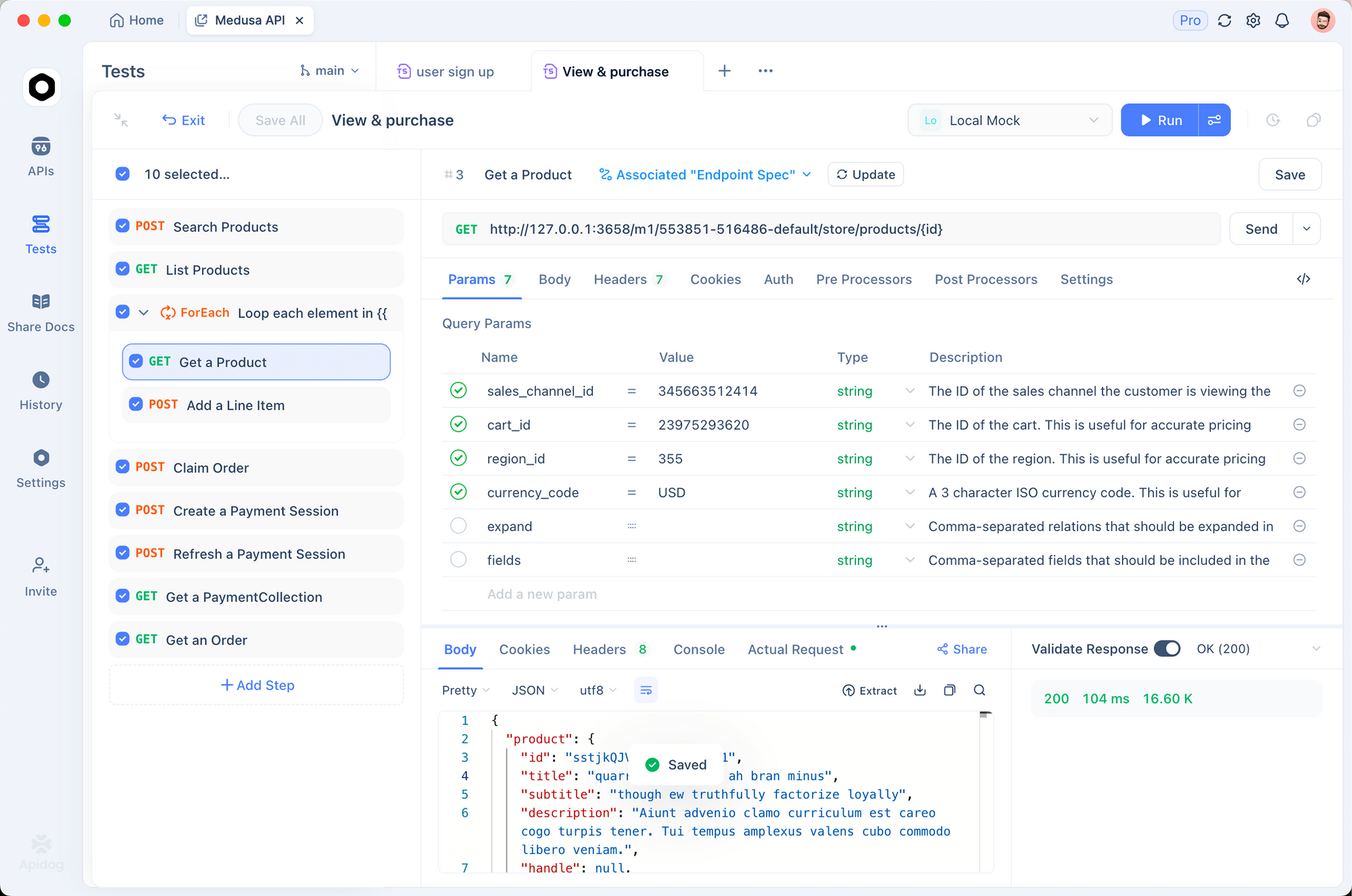
Conclusion: Adapting to a New Era of AI Coding
The weekly rate limits for Claude Pro and Max, effective August 28, 2025, mark a pivotal shift in AI-assisted development. While targeting less than 5% of users, these changes address resource strain and policy violations, ensuring broader access. Developers must adapt by monitoring usage, optimizing tasks, and leveraging tools like Apidog to maintain productivity. As Anthropic refines its approach, the industry watches closely, anticipating innovations that balance performance and fairness. Embrace these changes with strategic planning and enhanced tools to keep your coding workflow robust.
